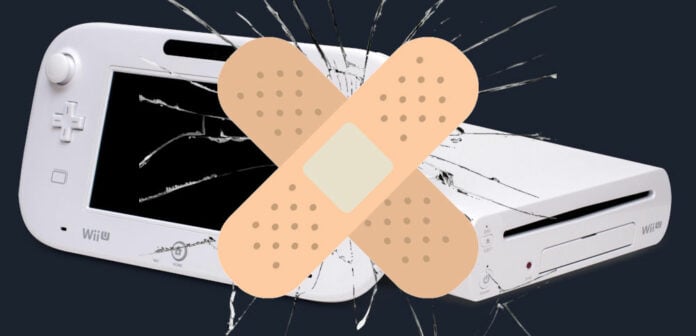There appears to have been an influx of dead Wii U consoles attributed to faulty eMMC memory chips. According to a growing online database, the bulk of problems come from Hynix chips, with only a few Samsung-based units affected. Toshiba memory seems to be immune to this issue.
While this fault isn’t new per se – early reports date as far back as 2015 – this recent wave seems to be caused specifically by bad memory chips. There’s no official help on the horizon seeing as the console has long since outlived its support period, so where do you turn? The modding community, of course.
And they didn’t disappoint. In just a couple of weeks, we already have a primary fix that involves some file downloads, an SD card, and a cheap $8 Raspberry Pi Pico. The solution shown in the video below managed to bring back to operating condition five consoles that indicated error codes 160-0101 and 160-0103 which are thought to be memory related.
This fix ‘patches’ the title ID that somehow gets corrupt, causing the system to become unable to launch the OS menu. To be more precise, the Raspberry Pi Pico is used to inject UDPIH which allows booting from the SD card – without any pre-modification to the Wii U – that hosts a recovery menu file. To do so, the Pico must be connected to one of the front USB ports right at the moment the Wii U drive initialises.
Like with AMD’s Adrenalin 23.2.1 and 23.2.2 drivers where users were stuck in an endless BSOD loop, requiring a perfectly timed power button press to enter the system restore options, this Wii U workaround is a reminder of the weird and unique ways ‘hackers’ find to access hidden/locked debug menus. Not quite what the manufacturer intended, yet helpful in maintaining hardware that may otherwise be rendered defunct.
Hats off the modders who found the fix. When you combine passion with teamwork, you get positive results.


